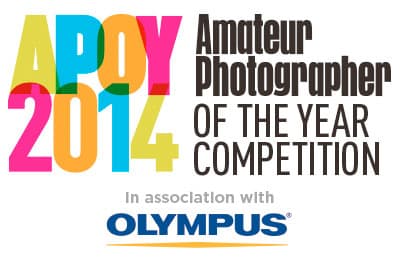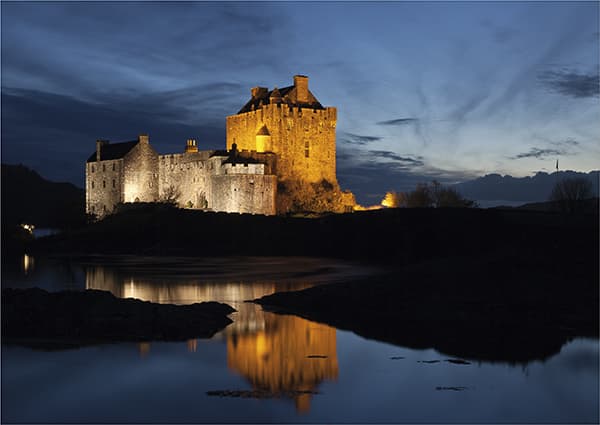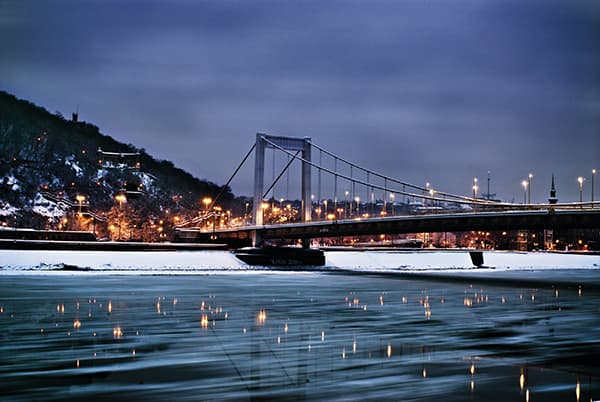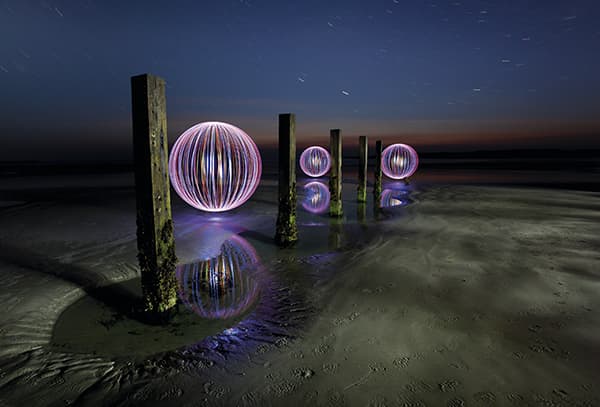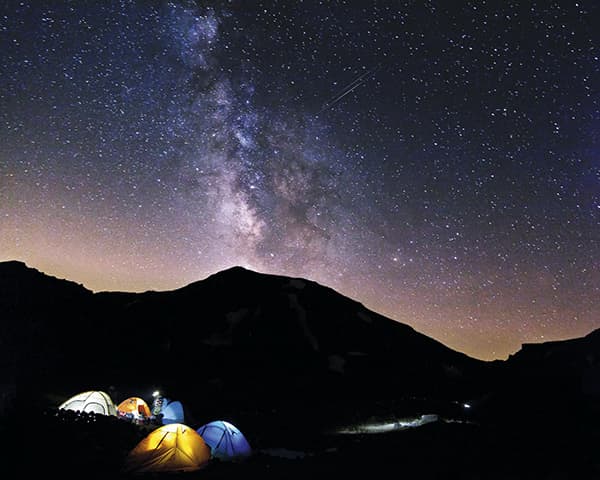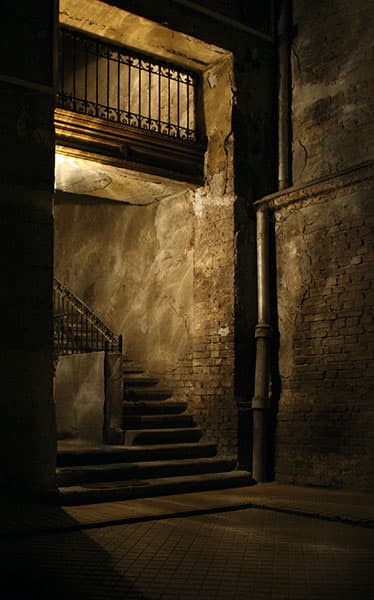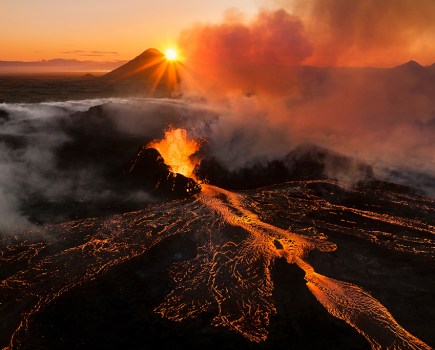APOY Round 9 2014 – Kept in the Dark – Night Photography
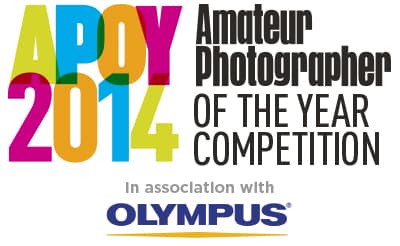
Please visit the APOY 2014 home page to find all the rules for entry, terms and conditions, the APOY ENTRY EMAIL ADDRESS, Entry Form (for postal entries), and the disclaimers that must be copied and pasted into an email entry.
Entries must be received by 5pm (UK time) on 28 November 2014
It is ironic that for an APOY theme involving shooting under the cover of darkness, light will be your biggest asset. Although daylight may have faded, there will be a plethora of artificial lights – particularly if you are shooting in a city or town environment – that you can incorporate into your images. Car trails are the obvious example here, and of course streetlights and the light emanating from buildings or billboards offer other possible sources or interest.
Alternatively, you could venture out during the twilight hours to see if you can create an image with impact and atmosphere that combines both traces of natural light and artificial illumination as lights begin to switch on (or just before they switch off). As ever, your choice of subject is crucial, so try not to settle for the usual suspects.
As you walk around during the day, look carefully at your surroundings and try to imagine how the scene might look at night. Other areas to consider include your choice of shooting angle, time of evening or night for the shoot and the equipment you’ll require.
It should go without saying (but we’ll say it anyway) that safety is of paramount importance. If you are shooting late at night, remember to keep yourself and your belongings safe. Checking out a location before your shoot is key to ensuring a successful and safe shoot.
How to enter
Please visit the APOY 2014 home page to find all the rules for entry, terms and conditions, the APOY ENTRY EMAIL ADDRESS, Entry Form (for postal entries), and the disclaimers that must be copied and pasted into an email entry.
 First Prize
First Prize
The first-prize winner will receive an Olympus OM-D E-M10 with a 14-42mm EZ Pancake zoom, a 45mm f/1.8 portrait lens, a 40-150mm zoom, a 9mm fisheye lens, a macro adapter and a street case in which to carry it all. That’s a total retail price of £1,200. The E-M10 has a 16.1-million-pixel, four thirds-sized CMOS sensor and a TruePic VII image processing system.
The 1.44-million-dot EVF displays a 100% field of view and has a 120fps refresh rate. The 14-42mm EZ Pancake zoom lens is the most compact pancake lens and has a maximum shooting magnification equivalent of 0.45x in the 35mm format. The 45mm f/1.8 portrait optic is ideal for low-light portrait work without flash. The 40-150mm zoom has high-speed AF and MSC technology, and the 9mm fisheye lens is ideal for capturing wide angle scenes.
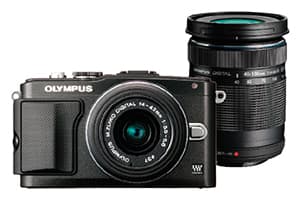 Second Prize
Second Prize
The second-prize winner will receive an Olympus PEN E-PL5 camera plus a 14-42mm and 40-150mm twin-lens zoom kit worth £500.
The E-PL5 offers serious image quality with its powerful 16.1-million-pixel sensor and a new OM-D component in the TruePic VI image processor. The camera has lightning-fast autofocus, a touch-sensitive LCD screen and full HD video.
 Third Prize
Third Prize
The third-prize winner will receive an Olympus Stylus SP-100EE Ultra Zoom camera, with an impressive 16-million-pixel sensor and 3in LCD screen. The camera includes a handy autofocus lock so you need never lose a shot due to fuzzy focusing.
The camera also features a 50x optical Ultra Zoom lens with a focal length ranging from 24mm to 1,200mm, and built-in Dot Sight to make it easier to focus precisely on distant subjects.
We take a look at some tips and tricks to set you on your way to creating successful night-time images
Exposure
When it comes to ensuring that your image is accurately exposed, night and low-light photography require just as much attention as shooting during the day. If anything, the process becomes even trickier when you’re faced with multiple sources of illumination. There may be sufficient light from artificial sources for you to use a fairly short shutter speed, but you may need to use longer exposures, perhaps of several seconds or even minutes
if you are shooting in very dark conditions, such as natural landscapes. Also, remember that metering is key and you may need to use exposure compensation.
Light Painting
Light painting is, on the surface, a simple endeavour. You set your camera to a long exposure and stand in front of the lens with a light source, such as a torch or sparkler, and draw a picture. One tip to remember is that once you know the exact spot you’re going to shoot, put an object such as a bag in the area in which your painting will appear. Then use a torch to illuminate the bag, set your camera lens to autofocus and then focus on it. Once the focus is correct, switch your camera lens to manual. It’s important to do this because if you leave the lens on autofocus it will keep adjusting in the dark as it will not ‘see’ what to focus on.
Shooting Stars
While shooting stunning images of the night sky can prove a little tricky here in the UK, it is possible to get out into the countryside to capture some great shots and avoid any unwanted light pollution.
You’ll have a couple of choices when shooting stars – do you freeze them so they are tiny points of light or do you set longer exposures to render the stars as a dramatic light trail? To shoot them as single pinpoints, use your widest maximum aperture and a shutter speed of around 20secs. If you choose an aperture any longer than this you’ll find that movement is recorded, while you’ll need to toggle your ISO to get the correct exposure.
For star trails, repeat this process for up to 2 hours (depending how long you want your star trails to be), shooting your images consecutively, before merging them together in Photoshop to create one final image. Just as importantly, though, check the weather and go out on a clear night!
Colour and ISO
Watch out for colour casts – choose your white balance setting carefully and be prepared to adjust the colour balance afterwards if you are shooting raw files. That said, there’s no reason why you can’t experiment with your white balance in order to achieve colour casts that, while technically untrue, serve to give your scene an interesting atmosphere. The higher ISO setting you use, the more noise you will get in your image, so bear this in mind when deciding on your camera settings. Many of today’s cameras can cope with high ISOs, but for those that can’t, make sure you keep checking your settings.
Please visit the APOY 2014 home page to find all the rules for entry, terms and conditions, the APOY ENTRY EMAIL ADDRESS, Entry Form (for postal entries), and the disclaimers that must be copied and pasted into an email entry.
Entries must be received by 5pm (UK time) on 28 November 2014
The results for APOY Round 9 2014 will be published in the issue dated 3 January 2015


